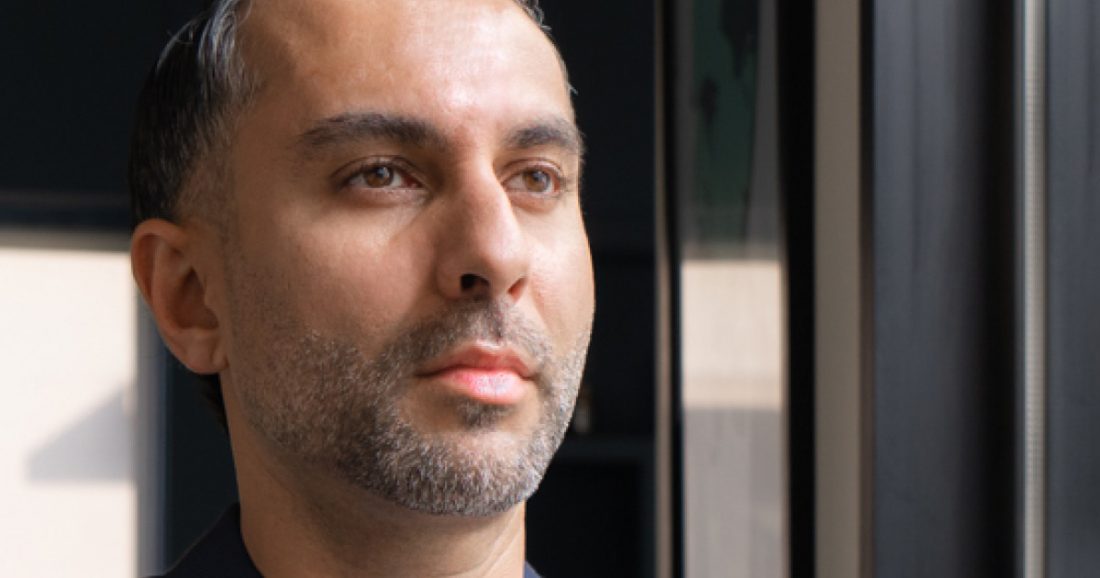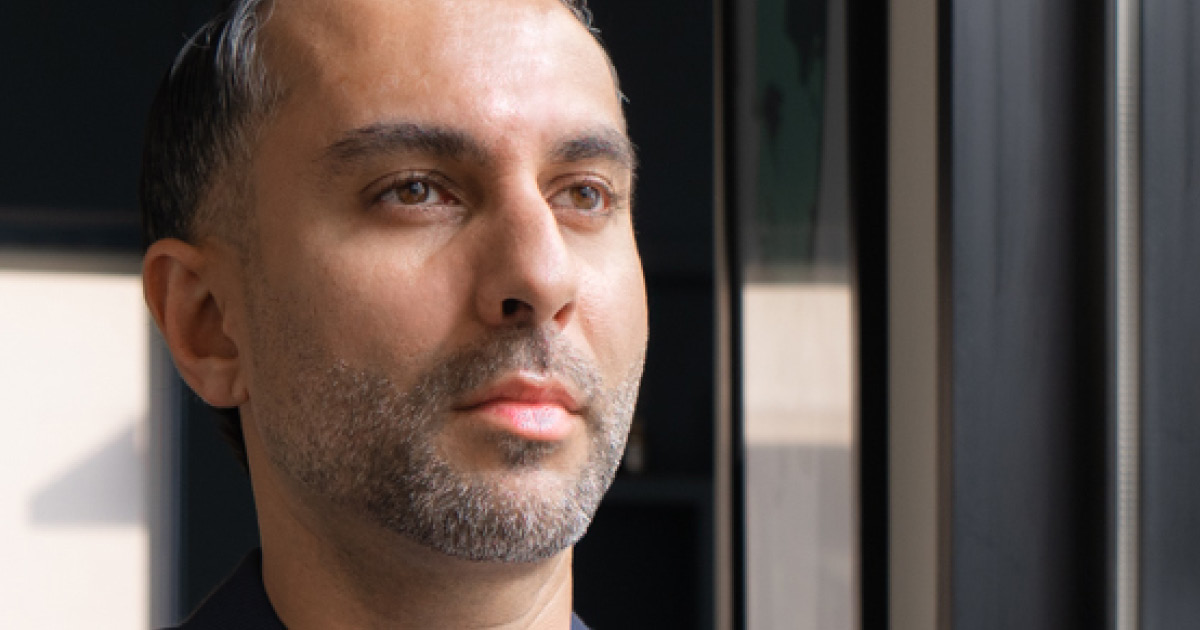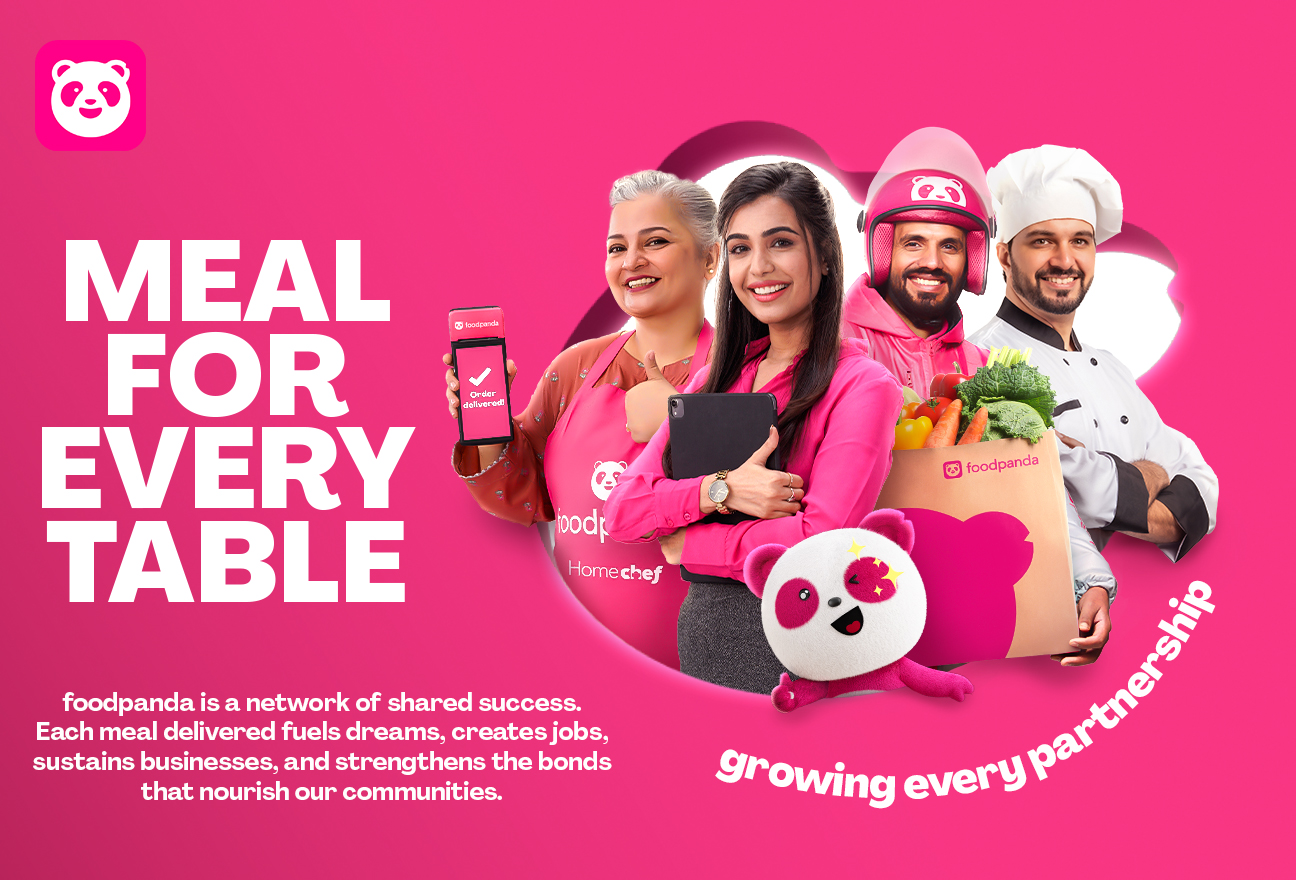Faisal Munshi says his team has worked hard to ensure that Domino’s, as an internationally renowned brand, delivers the highest standards in Pakistan. By definition, fast-moving consumer goods (FMCG) are fast-selling products at a relatively low price point. As an industry, it’s fairly young, but the concept goes back a very long way.
In fact, the original FMCG may just be the humble pizza. One of the first street foods, pizzas haven’t changed a great deal since ancient times when they were made of baked flatbread topped with cheese and dates.
The biggest impact on the concept of pizza came when it was introduced to the United States at the turn of the 20th century. Italian immigrants brought the pizza with them to their new life in America and the concept quickly caught on. Add a dash of capitalism to that capricciosa and you’re left with a global industry worth US$197 billion annually.

“We’ve made a significant impact in Pakistan’s quick service restaurant industry.”
Despite Western Europe being the biggest market for pizza worldwide (with annual sales of US$60 billion), the pizza chains of the United States define the foodstuff around the world. Domino’s and other major players have built a market on convenience and affordability, creating a recipe for success around the world.
American-style pizza first gained popularity in Pakistan in the early 1990s, with the introduction of international brands that adapted their menus to local tastes. Three decades later, the country’s pizza industry is booming.
Domino’s Pizza Pakistan has quietly toiled to build a formidable presence since it was established in 2004. Backed by the formidable Hilal Retail Brands, the FMCG market leader that owns the Domino’s franchise in Pakistan, the box with the dots plans to take a larger slice of a very big space.
Growing the Domino’s legacy
“We’ve made a significant impact in Pakistan’s quick service restaurant industry,” says Munshi, CEO of Domino’s Pizza Pakistan and Hilal Retail Brands.
“I’m very proud that we’ve been able to introduce high-quality pizzas to the Pakistani people using locally sourced ingredients, despite changes, both positive and negative, over the 20 years we’ve been operating here.”
For Munshi, FMCG is a family affair. Hilal Group was founded by his grandfather in the 1950s, originally as a manufacturer of confectionery.
“My father joined when he was younger and now it’s me, my elder brother and my younger sister,” he explains.
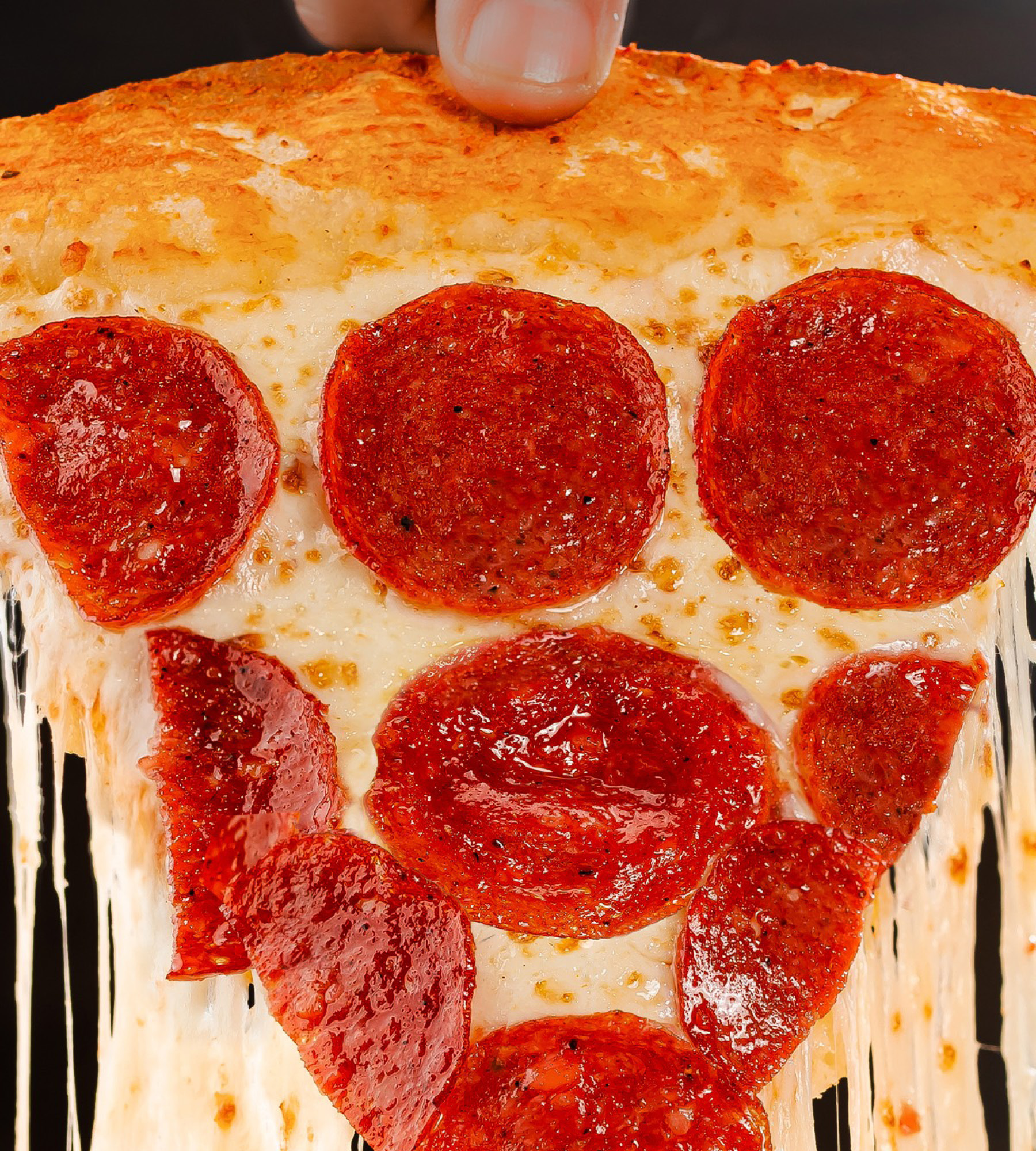
“I’m very proud that we’ve been able to introduce high-quality pizzas to the Pakistani people using locally sourced ingredients.”
While Hilal Retail Brands still manufactures sweets, it has diversified radically since its inception. Among other ventures, it has become Pakistan’s market leader for long-life packaged cakes – and it has taken Domino’s into a place that seemed an unlikely source of success.
“When international pizza chains entered the Pakistani market, they set the foundation for the country’s growing demand for high-quality pizza,” Munshi explains.
“Competing in this space was a challenge, given the well-established dine-in models of some brands, while Domino’s focused on delivery as its core strength.”
Extra cheese
When Munshi first arrived fresh from university, Domino’s Pizza Pakistan faced several steep challenges. The most unlikely? Convincing the Pakistani people that pizza could be consumed by hand without plates and cutlery.
“It was a transitional period when I joined,” he reflects. “At the time, our product was not at the same standard as the competition, so we did a lot of work on that.
“We meticulously worked on everything from flour quality to water specifications and temperatures to ensure that every ingredient met Domino’s global standards.”
Much of his first year was spent crafting the best possible product with the materials available.
“When you sell pizza, you’re mostly selling cheese,” he says. “Roughly 40–50 percent of the food cost is cheese, so we spoke to our partner and made a convincing case for manufacturing cheese in Pakistan.”
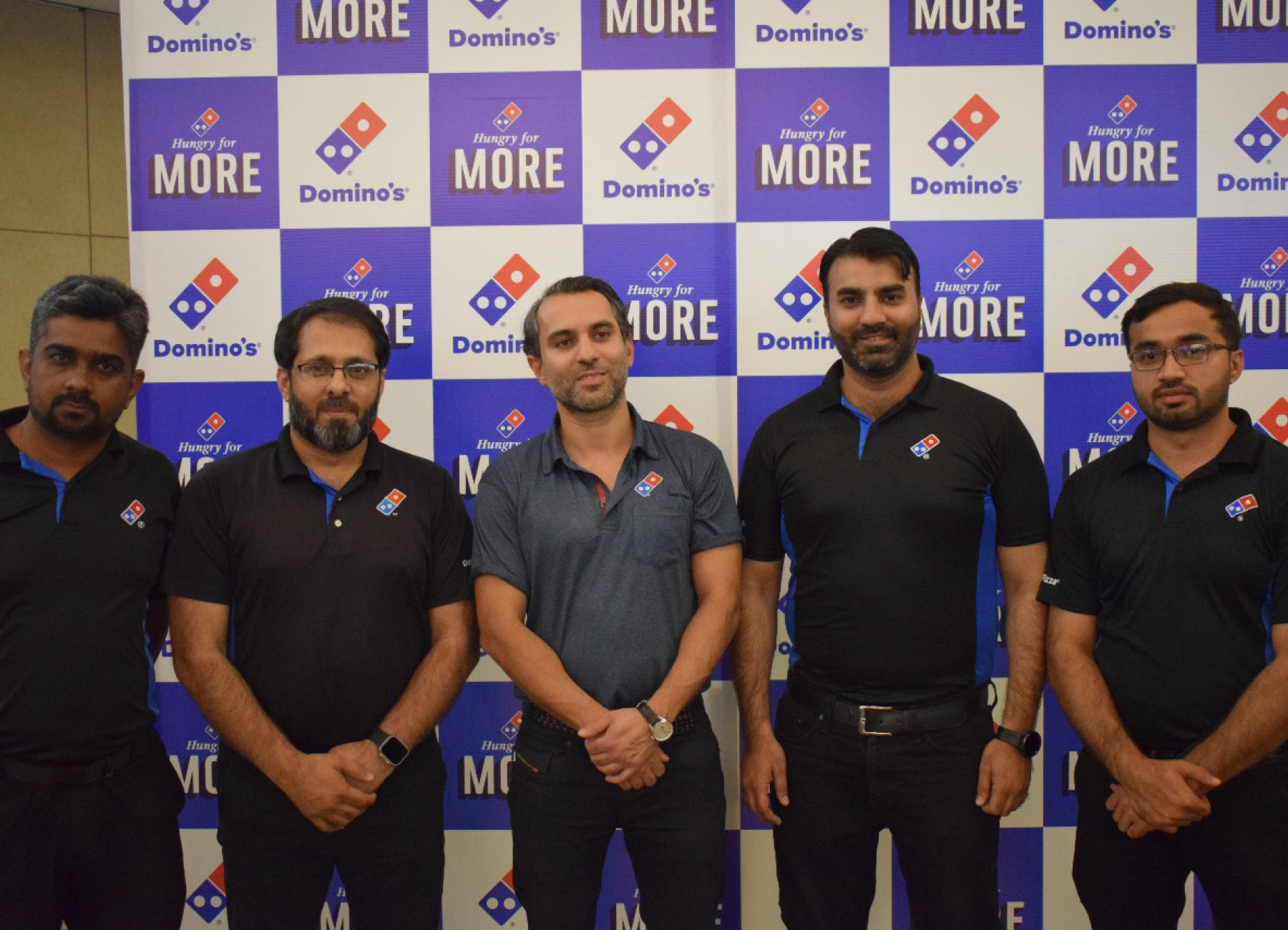
“We’re 99 percent localized now; we hardly import anything.”
A year on, Domino’s had access to the first fully automated, world-class cheese plant in the country in partnership with IRC Dairy Products.
“I believe it’s one of the most efficient and modern plants of its kind in South-East Asia,” Munshi says. “We were able to maintain Domino’s standards of cheese and address high import duties.”
Once Domino’s had localized cheese, costs came down considerably and the supply chain became a lot simpler, allowing the company to get on with tackling the market.
“We’re 99 percent localized now; we hardly import anything. And the two or three items we do import are also now in the process of being localized,” he confirms.
“However, localization is not just about having an efficient supply chain; it is about ensuring that every locally sourced ingredient adheres to the strict international standards of Domino’s. This way, we can provide our customers with the best-quality pizza at affordable prices.”
Impressive results
Domino’s had still not cracked the top five pizza brands in Pakistan, a situation Munshi was determined to change.
“We were a small company in a big group, so the focus on growing wasn’t there,” he says. “The board decided I’d be the right fit to head up Domino’s Pizza Pakistan, and because I have a knack for getting myself into complicated challenges, I was up for it. And I really enjoy it.”
Motivated by this, along with his urge to bring Domino’s Pizza Pakistan up to the level that the brand enjoyed in other countries, Munshi got to work.
“Domino’s is the global leader in the pizza category, and it’s also the leader in almost every single country in which it operates. I was not convinced it couldn’t be so in Pakistan. It’s a young country. People love to spend money on food,” he explains.
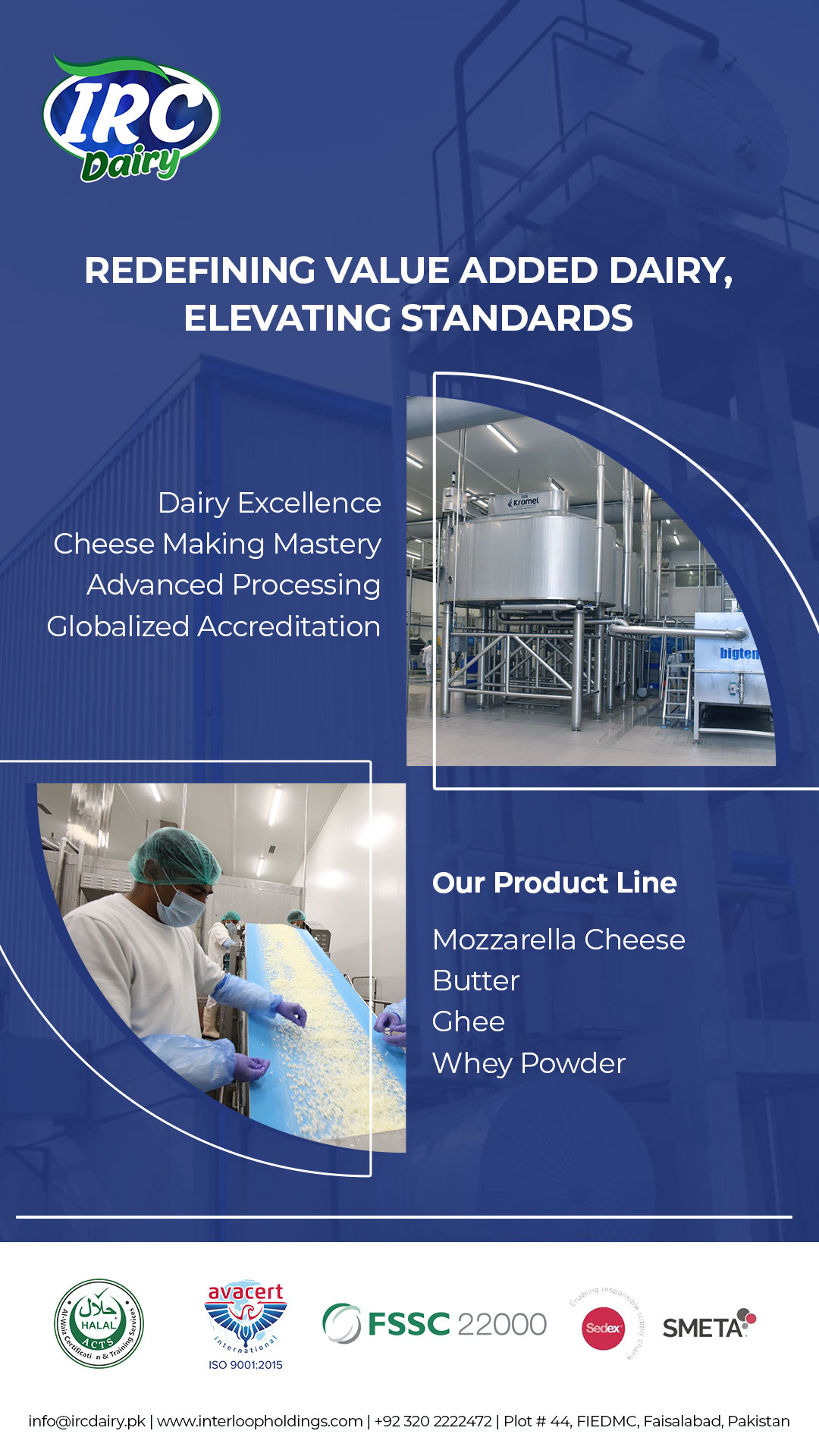
Advertisement
After localizing ingredients and reducing costs, Munshi set about improving the company’s technology infrastructure.
“I wanted our ecommerce portal to be better from the customer journey point of view,” he says. “Domino’s pioneered online ordering in the United States, so I knew we needed loyalty programs and some AI integration to really stay ahead of the game.”
With this comes upskilling of existing staff, Munshi explains.
“We do a lot of training, as we want to improve our people’s technical and leadership skills,” he says. “We want to bring passion, energy and positivity to our people, especially our managers. That energy cascades down to every single employee, from pizza makers to the delivery staff. Without people, we can’t achieve anything.”
Supreme victory
Today, Domino’s Pizza Pakistan has four channels for customers: online, aggregator, call center and dine-in restaurants. Interestingly, no one channel dominates.
“We want to hit a certain number of stores in three years. We’re currently at 66, but we want to be at 150,” Munshi reveals. “Store growth depends on urbanization. A large part of our population lives in rural areas, but they’re coming to the cities, and housing societies are developing rapidly.
“Localization is still one of our biggest challenges. We want to get the same global Domino’s standard, but with a range of products Pakistani customers want.”
Munshi walks a fine line between delivering regional flavors for customers and keeping Domino’s Pizza International in the loop.
“Once they’re satisfied, only then do we proceed,” he says. “Quality is linked to the will and desire to achieve it. It can be done.”
Delivering ahead
One of Domino’s biggest biggest achievements has been claiming the majority of pizza delivery sales in Pakistan, an outcome shared with aggregator partner Foodpanda Pakistan.
“It’s an area where we stand out globally as well as in Pakistan,” Munshi points out.
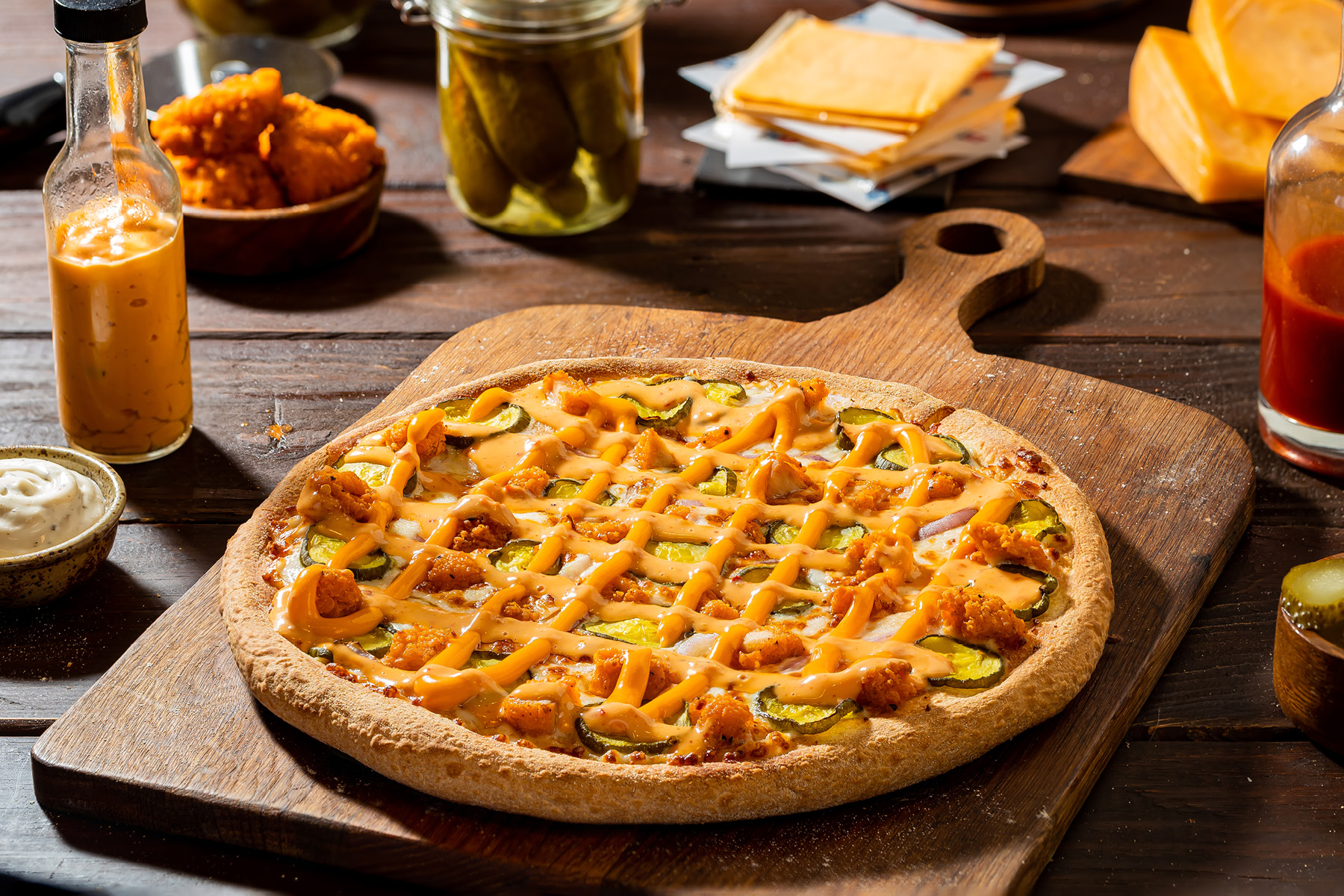
“Quality is linked to the will and desire to achieve it. It can be done.”
“This is what gives us that edge in how we continue to meet the expectations of delivery times, online ordering and such. We’re working on improving our tech. It’s good, but it can be better.
“However, one thing we do really well is the delivery itself. We don’t waste any time on the road. Our delivery times are low and customers come back for that. Almost 40 percent of our business each month comes from repeat customers.”
Munshi admits pizza isn’t a “core food” in Pakistan.
“But it’s something the Pakistani people have learned to love,” he says.
“Competing in a category that may not be the biggest, but definitely the fastest growing, is a challenge, but we face it with quality. It makes life easier when you’re selling a quality product.”

